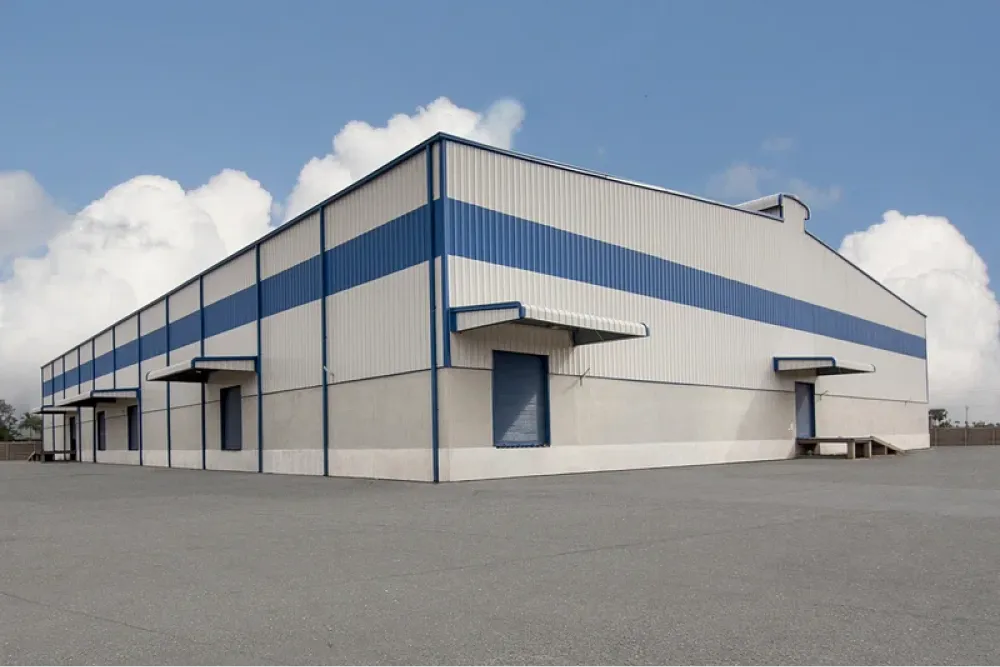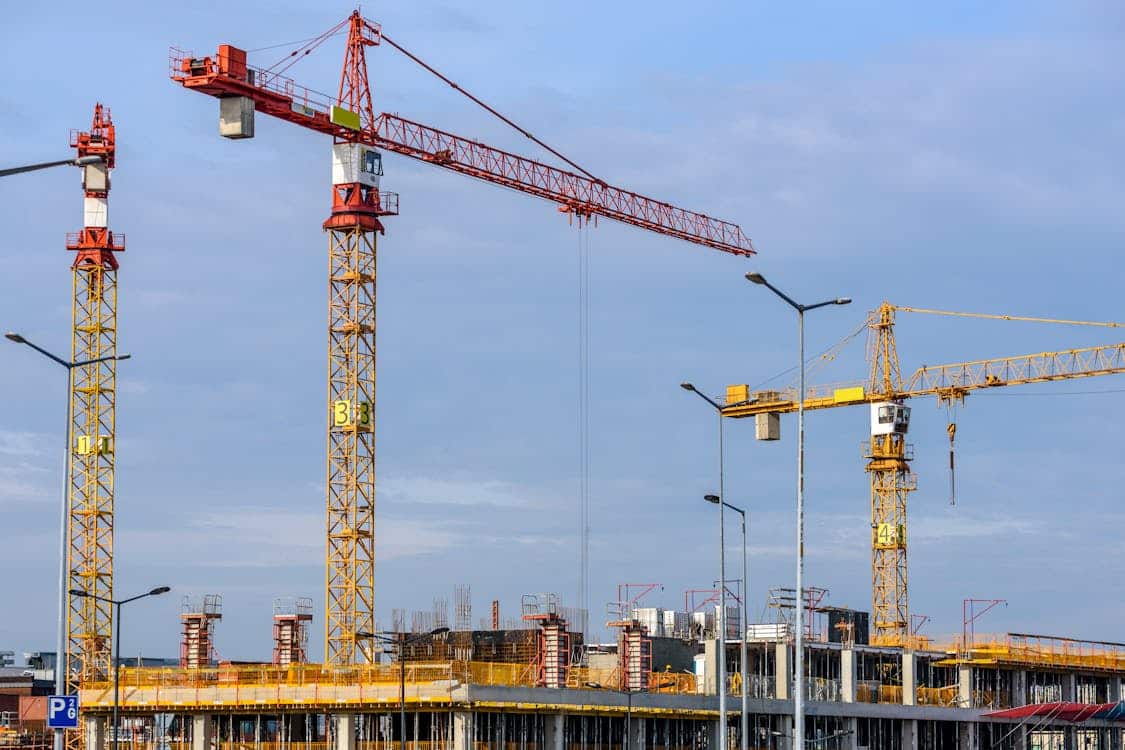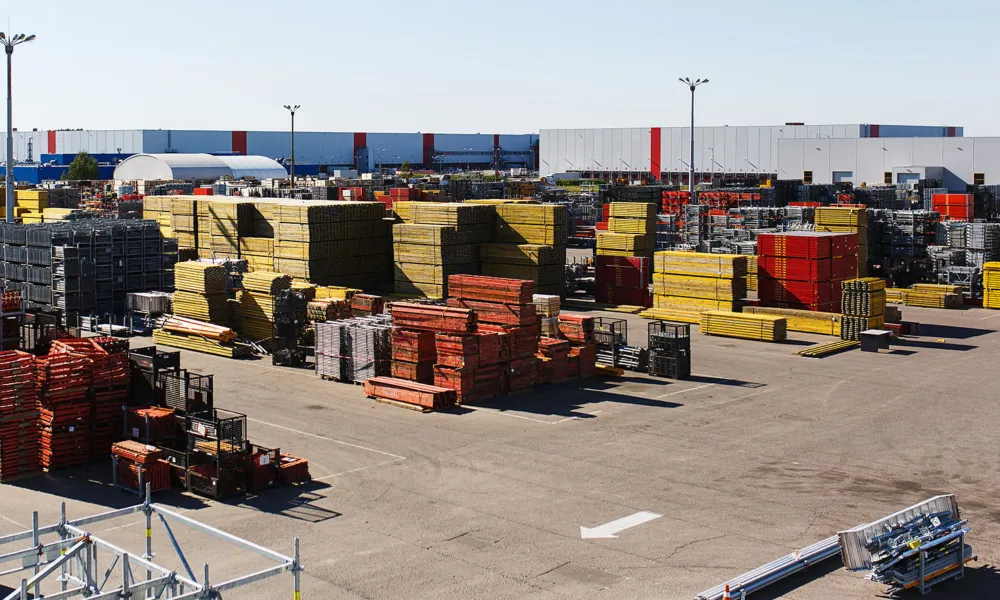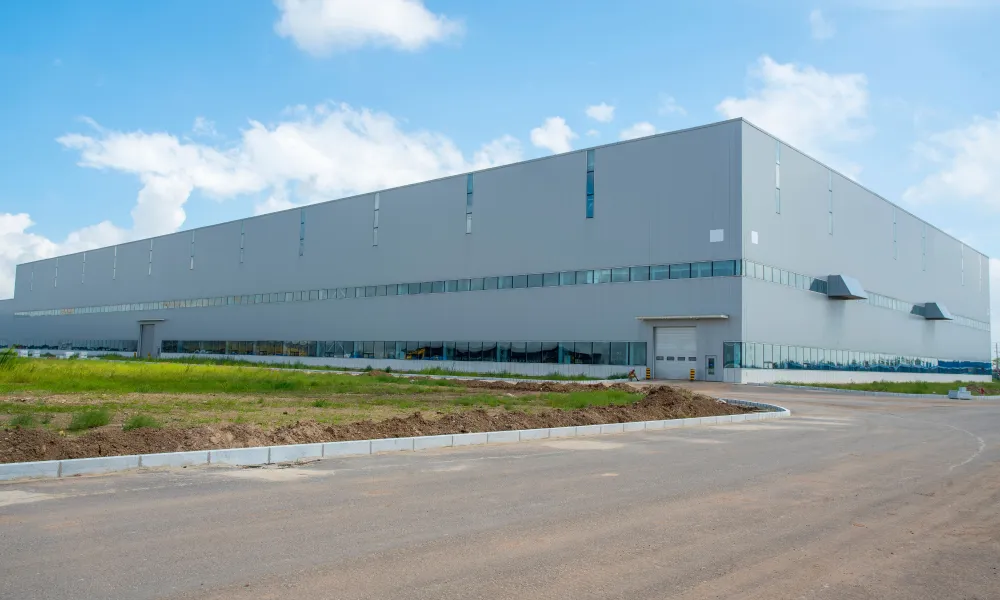Vietnam has a vibrant population, a booming economy, and a burgeoning middle class. The increasing Southeast Asian storage business helps to sustain the Vietnamese market.
As one of the most active rising economies in East Asia, Vietnam requires storage facilities such as public and private warehouses, cold chains, container yards, and others to assure its development. Furthermore, expanding public-private partnerships enable firms to broaden their services to encompass additional logistical tasks such as transportation, inventory management, and customer support.
This, together with the increasing penetration of major firms, is assisting the expansion of the warehouse in Vietnam sector.

Vietnam warehouse market Overview
According to Expert Market Research (EMR), the Vietnam warehousing market is estimated to rise at an 11% Compound Annual Growth Rate (CAGR) during the forecast period of 2022-2027.
Burgeoning population, vigorous urbanization, an expanding warehousing sector in Southeast Asia, and growing public and private collaborations are major drivers of this market.
Warehousing is critical to the proper operation of a supply chain network and the fulfillment of local and international market needs. Because Vietnam is a developing nation with rapid urbanization, warehouse facilities have greatly increased across the area. Warehousing promotes mass manufacturing and lowers tariff barriers, resulting in advantages such as cost competitiveness, economies of scale and scope, lower labor costs, technical integration, and others. Furthermore, the country’s expanding e-Commerce penetration is boosting market growth.
With that in mind, investing and building a warehouse in Vietnam at this point are predicted to considerably contribute to the expansion of the Vietnam warehousing sector.

Why you should consider building a warehouse in Vietnam
As the number of firms in Vietnam grows, so does the need for huge warehouses, particularly in the growing logistics sector. Warehouse space is vital and valuable since it enables a company to function and develop efficiently.
Logistics on fast-growing trajectory
Logistics is one of Vietnam’s fastest growing industries, with growth that may outstrip GDP. In the first three quarters of 2020, the country’s import-export receipts were close to US$390 billion.
According to the General Statistics Office, this represents a 1.8 percent increase over the same time last year (GSO). By 2025, the Vietnamese government hopes to attain an annual logistics growth rate of close to 20%.
Vietnam has emerged as ASEAN’s largest industrial center during the last two decades. Because the nation aspires to be an export-driven economy, it must import raw materials before exporting completed items.
The increased transportation of products into and out of Vietnam has prompted additional growth in the country’s logistics industry. Vietnam’s involvement in multiple free trade agreements (FTAs) has aided its industrial expansion even further.
The trade war between the United States and China, as well as the epidemic, have compelled firms to diversify their supply chains and transportation networks. As a consequence, during the past several years, enterprises have relocated their operations from China to Vietnam. This is sometimes referred to as the “China plus one” approach.
Vietnam has seen a considerable infusion of money for the establishment of labor-intensive sectors due to its cheap labor cost. As a result, the country’s assembly and manufacturing sectors have expanded significantly.

Government’s Future Plans for Marine Transportation
Vietnam’s location provides them with a logistical advantage due to its closeness to China. Vietnam has a lengthy coastline of over 3000 kilometers and a wide network of rivers, giving it tremendous potential for developing its marine transport.
Vietnam now has 44 major seaports on its marine network. Vietnam, on the other hand, has a lot of smaller ports, bringing the total number of ports in the nation to 320. Cat Lai Port in Ho Chi Minh City is Vietnam’s largest and most modern port.
There are also plans to increase the country’s marine throughput to more than 1000 tons per year. These initiatives support the government’s goal of reducing the country’s dependency on road networks. Nonetheless, for continued growth, Vietnam’s marine industry would need massive investment.
Demand for ready-built warehouses is on the rise
The pandemic accelerated the ecommerce boom and boosted the need for storage space in Tier 2 and Tier 3 cities. These requirements were mainly met by a combination of Grade A, B, and C warehouses (predominantly by B & C grade warehouses). Typically, warehouses are classified according to their building quality, facilities, automation, location, and clients.
As the economy recovers, the warehouse industry will provide enterprises with little operational interruption and business continuity. Companies are searching for cost-effective logistics and solutions that cater to greater facilities and automation in order to create a smooth supply chain. Across the industry, there is a discernible shift in terms of growth pattern, warehouse occupant preferences, finance, technology, and rent.

Ways to invest in the warehouse Vietnam market
Due to significant demand, industrial property and ready-built factories remain the top option of investors, according to Savills Vietnam analysts.
The fourth pandemic wave continued to have a detrimental influence on the Vietnamese economy. According to data from the General Statistics Office, the country’s gross domestic product (GDP) increased by 1.42 percent yearly, owing to widespread social separation, which resulted in supply chain disruptions and factory closures.
According to the Ministry of Natural Resources and Environment, the extent of industrial land would expand by 115,000ha between 2020 and 2030.
A number of new public infrastructure projects are also in the works. Infrastructure investment is critical for opening new markets and satisfying demand for industrial real estate investment among Vietnam’s increasing middle-income class.
While economic recovery might take years, now is an ideal opportunity to invest in high-quality warehouses with the trajectories that logistics and eCommerce are heading.

Vietnam warehouse for rent
Warehouse demand in Vietnam, according to Savills, would continue to rise in the future as a consequence of better industrial sectors and rising consumer expenditure. As a consequence, warehouse lease rates are expected to increase by 1.5-4 percent each year in the next few years.
To be more specific, researchers expected that the northern warehouse market will focus on Hanoi and coastal regions like Hai Phong. These were the most populated areas in the region, with a large number of potential customers and a large number of human resources.
The southern province has a well-developed expressway network, river ports, seaports, and international airports. The southern region of Vietnam has long been a market leader in terms of industrial development, owing to its advantageous placement near a supply chain or a logistic hub.
There are currently various units that provide industrial warehouse rental services to meet the needs of businesses in a number of sectors. Client feedback on the services provided by these divisions is studied by business owners.
Businesses may work directly with these units to determine which warehouse is best for them. Investors should rely on the name and reputation of the warehouse rental unit to determine its dependability. Organizations can make better decisions by analyzing customer feedback on warehouse rental unit services.

Warehouse Vietnam sale and leaseback
The sale-leaseback method, which involves selling industrial real estate and leasing it back again, is becoming a wiser and more practical alternative for firms.
During the pandemic, we saw more manufacturing and logistics companies realize the full value of their real estate assets as a method of raising financing without disrupting operations. While this method is currently underutilized in Vietnam, it should be regarded as a low-cost alternative to high-interest bank loans.
Businesses that employ sale-leasebacks often have high-cost fixed assets, such as real estate or expensive machinery. Because property is the ultimate high-cost fixed asset, real estate corporations choose sale-leaseback financing.
Much of the industrial property sector activity in 2020 and 2021 has centered on Vietnamese enterprises expanding or moving production, with the appearance of distressed properties and facilities for sale-leaseback.
Vietnam warehouse for sale
Due to the scarcity of good industrial land and expensive rents, a ready-built warehouse for sale has been the first option of investors, owing to the benefits of saving time and money while satisfying the increased need for high-quality factory and warehouse facilities.
Massive amounts of commodities must be kept and moved both locally and globally. As a result, the development of e-Commerce enterprises’ storage space and delivery networks currently dominates the market for warehouse renting.
On the other hand, many firms are leaving China in order to be less reliant on a single market. Because of its accessible location, open business climate, and political stability, Vietnam stands to gain from this trend, which will attract an increasing number of international investors.
As a result, ready-built factories and warehouses have become the trusted option for investors, particularly small and medium-sized firms (SMEs) and international businesses looking to join the market for the first time. Renting pre-built warehouses helps to save expenses and get them up and running quickly.
To fulfill the growing demands of manufacturers, for-sale industrial developers are improving project development.
Many international investors join Vietnam’s industrial real estate market via M&A in response to a massive wave of investment re-location and new sourcing of manufacturers. They provide high-quality re factories and warehouses in a broad range of sizes and requirements.

How to find the Best Warehouse space
According to a research of industrial real estate in 54 markets across 21 nations, taxes and service charges account for around 19% of total property costs. High demand from consumers and companies is often matched with limited land availability in the world’s greatest cities, resulting in high property prices.
Because of the low labor costs combined with the exceptionally low energy prices, Vietnam is the cheapest place in our study, followed by Hanoi. These cheap costs make Vietnam very appealing to global corporations looking to establish operations there, but the government is aggressively pursuing higher-value enterprises.
“The government has been investing heavily in all manner of infrastructure while promoting industrial clusters to attract businesses higher up the value chain; high levels of corporate taxation relief are also available to ensure healthy regional competition.” – Mr. Troy Griffiths, Deputy Managing Director of Savills Vietnam.
Conclusion
The cost of a site is not the main motivator for a location strategy. Long-term initiatives will place an increasing focus on the ESG agenda. Warehouse in Vietnam is becoming more sophisticated than ever, with higher operational efficiency, enhanced environmental credentials, and improved worker conditions.
Savills Industrial, as one of the top teams for industrial real estate investments, offers our customers with solid advice that are tailored to investors’ plans.











